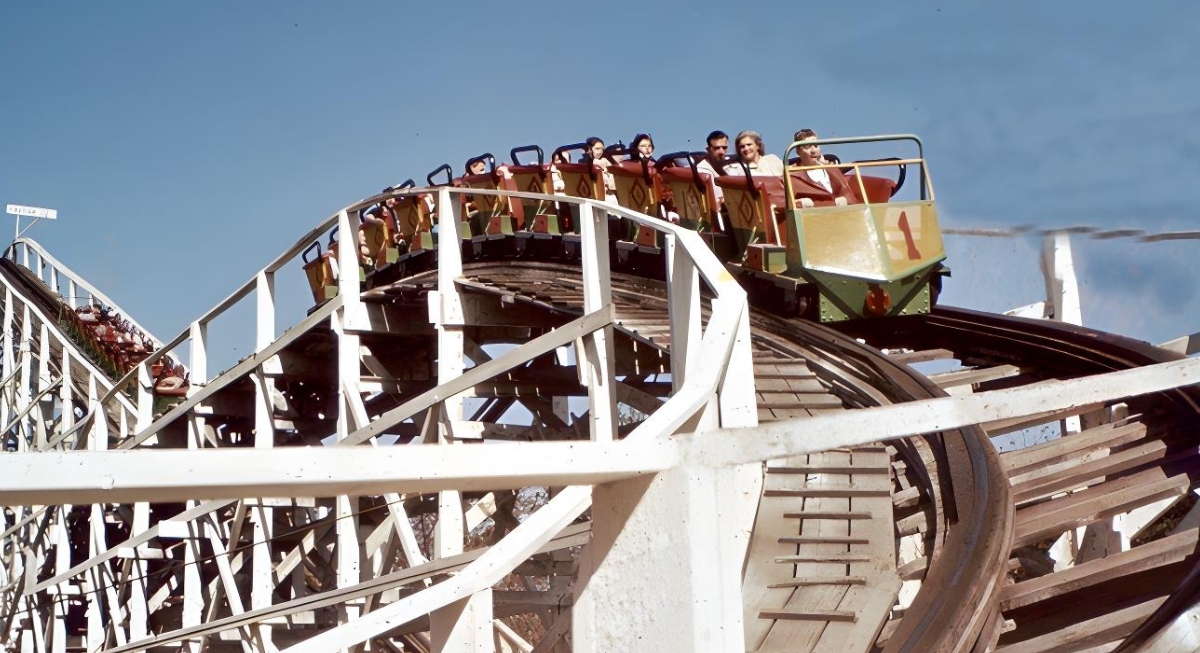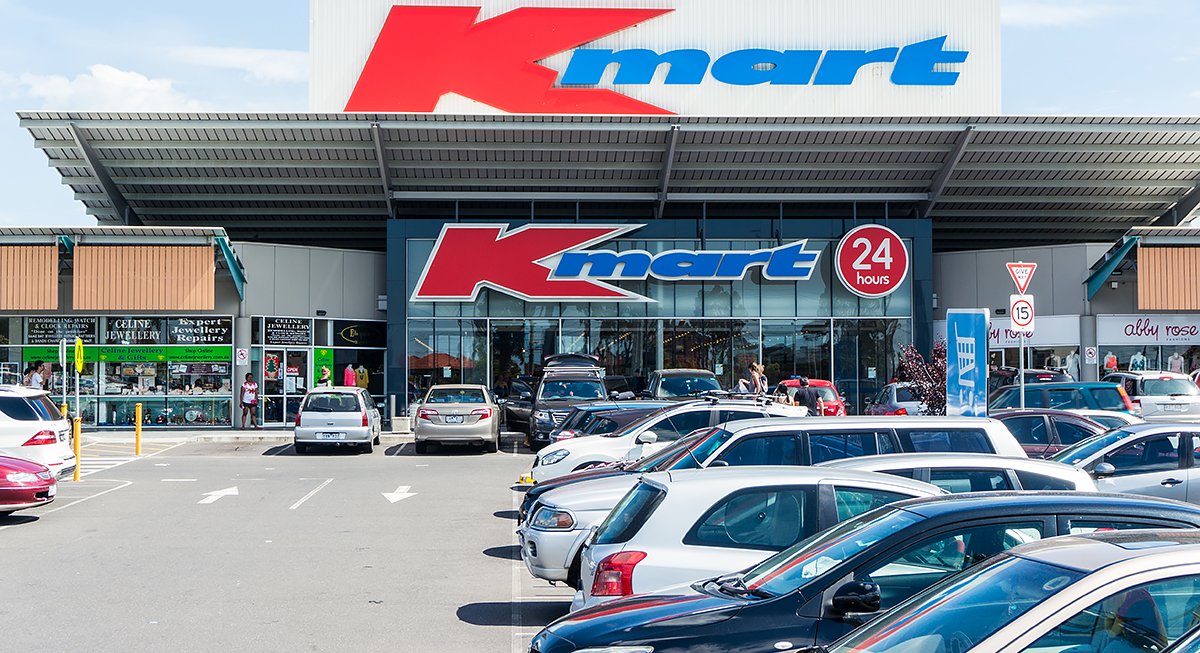Ensuring your home is a safe haven is more critical than you might realize, especially as you or your loved ones age. With the right adjustments, you can transform your living space into a secure sanctuary for everyone, particularly the elderly. Let's dive into how you can tackle some common safety hazards together.
Cluttered Floors
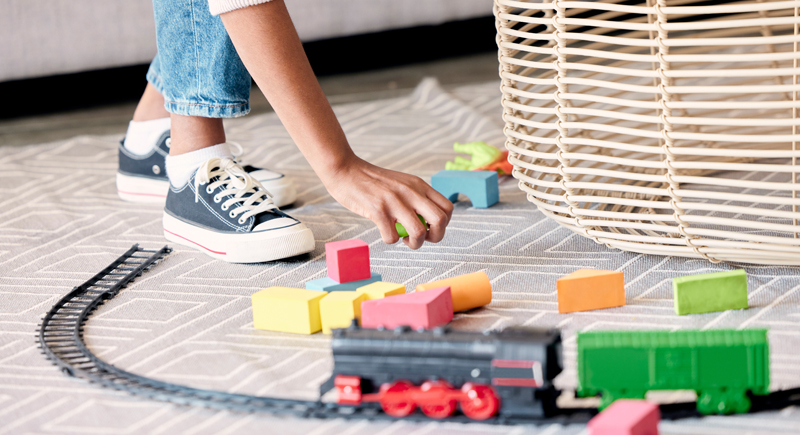
Credit: iStockphoto
You know those scattered toys and magazines lying around? They're more than just an eyesore; they're a trip hazard, especially for those with balance issues. Ensure your halls and pathways are well-lit and clear of clutter. Avoid placing rugs at staircases' top and bottom, and consider securing or removing them to prevent slips. It's also wise to keep pet toys and feeding stations off to the side, keeping walking areas free and clear.
Fires
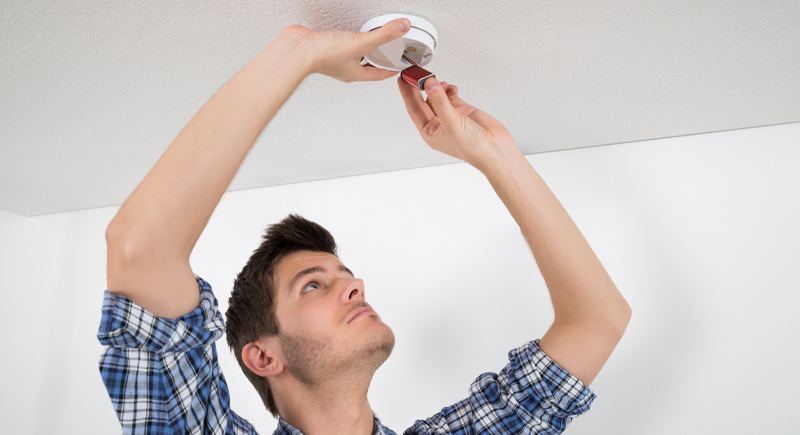
Credit: iStockphoto
Fire hazards lurk in overlooked corners, posing a significant risk, particularly for seniors living solo. Regularly checking smoke and carbon monoxide detectors can be a lifesaver, literally. Make sure electrical appliances are in good shape and aren't overburdening sockets. Placing a fire extinguisher on each floor offers peace of mind, and if cooking becomes a challenge, meal deliveries or a caregiver can ensure safety without sacrificing nutrition. Revising fire safety plans to accommodate mobility or sensory changes is also crucial.
Medications

Credit: iStockphoto
Juggling multiple medications can lead to confusion and mistakes. Keeping them in their original containers helps prevent mix-ups and ensures you take the right doses. If an organization is challenging, ask your pharmacy about labeled pill packs for each date and time, which is a simple solution for staying on track. Large-print labels can aid readability, making it easier to manage your medication. Always bring all medications to doctor appointments to verify their necessity and correct usage.
Poor Lighting
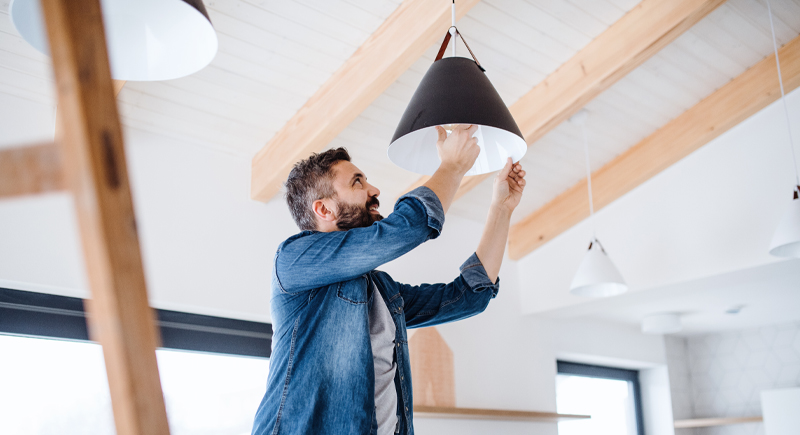
Credit: iStockphoto
Dimly lit spaces are accidents waiting to happen. Replacing burnt-out bulbs immediately brightens up your home, reducing the risk of falls. Adding more light sources in darker areas ensures you navigate safely, avoiding potential hazards. Installing light switches at convenient locations and using nightlights can guide your way during the night, preventing disorientation and accidents. Good lighting is not just about visibility; it's about safety.
Bathrooms
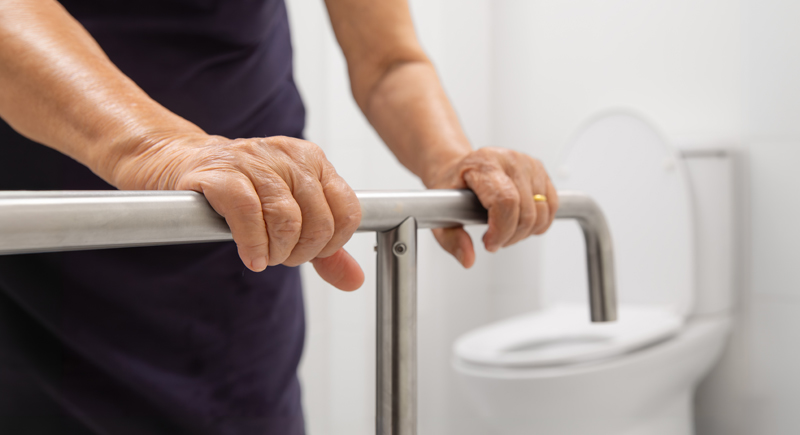
Credit: iStockphoto
Bathrooms are notorious for slips and falls, making them critical for safety upgrades. Installing grab bars in the shower and near the toilet provides stability and support. Non-slip mats in the bathtub and shower can prevent dangerous falls, and adjusting your water heater to no more than 120F avoids scalding. Consider a shower chair or a raised toilet seat for additional safety and comfort. These simple changes can make a significant difference in bathroom safety.
Isolation
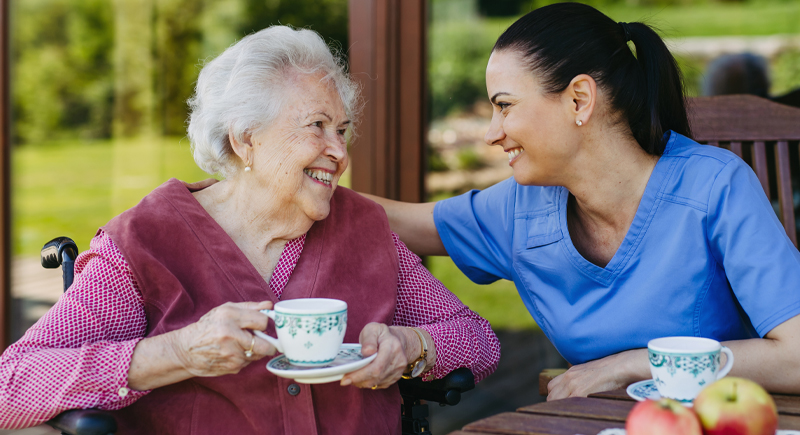
Credit: iStockphoto
Isolation is a silent hazard, affecting both mental and physical health and delaying essential help in emergencies. Regular visits can make a difference, keeping you connected and engaged. Having a home caregiver for companionship ensures daily interactions and assistance. Transportation services can help maintain social connections, encouraging outings and participation in community activities. Together, these strategies combat isolation, fostering a supportive and safe environment.
Medical Equipment

Credit: iStockphoto
Medical equipment is meant to assist, but it can become a hazard if not used or stored properly. Ensuring cords and tubing are neatly tucked away prevents tripping while keeping equipment in good working order supports safe use. Smoking near oxygen equipment is a risk that's easily avoided with mindful practices. Proper disposal containers for needles and other sharps ensure safety for everyone in the home. These precautions ensure medical aids remain helpful, not hazardous.
Outside Walkways
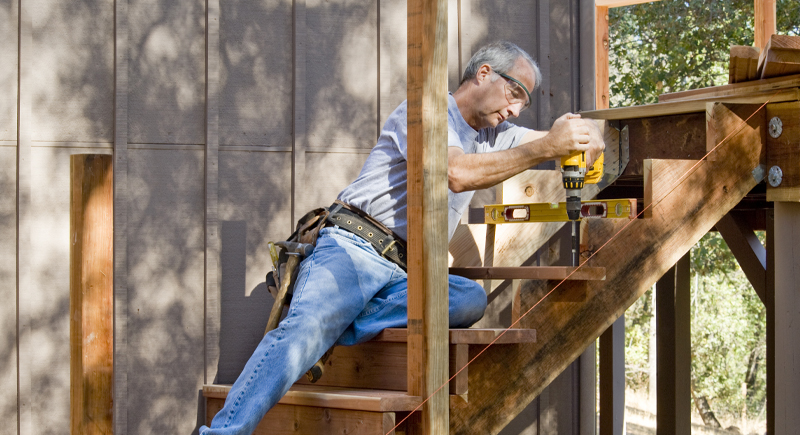
Credit: iStockphoto
Don't overlook the importance of safe outdoor walkways. Regular checks for cracks or debris can prevent falls, keeping pathways clear and accessible. Adding handrails provides extra support where needed, enhancing stability. Consider installing additional lighting to brighten up these areas at night, improving visibility. Textured surfaces add grip, reducing slip risks in wet or icy conditions.
Addressing these common hazards can create a safer home environment for yourself and your loved ones. Small changes can have a significant impact, reducing risks and promoting peace of mind. Let's take these steps together, ensuring our homes are safe and welcoming for everyone.


